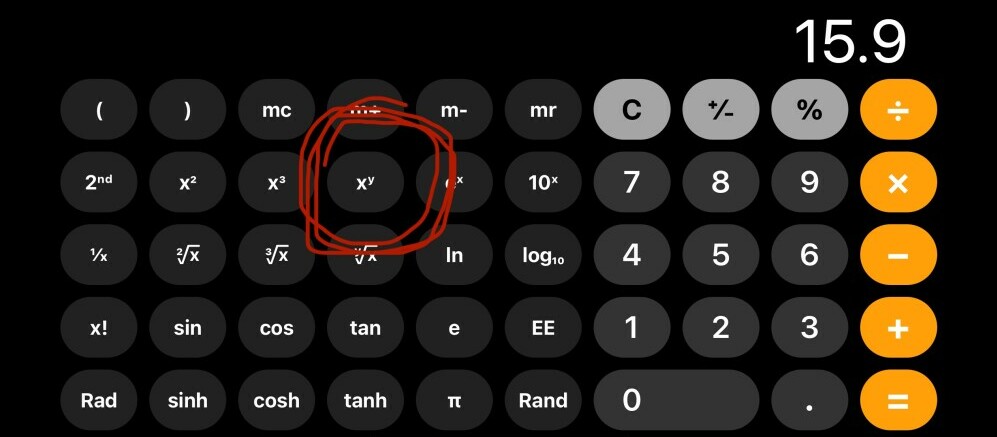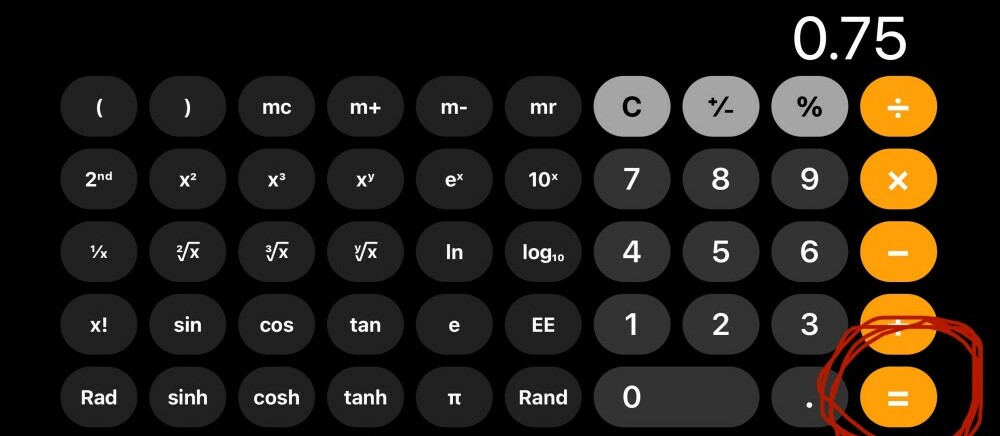The struggle is real! You are trying to get your dog to lose weight. You have decreased its food, limited the treats, increased exercise, and yet your dog is still heavy. It seems that your dog is just fat on air! What do you do? If you have a pudgy pup at home, you know that achieving and maintaining a healthy weight is essential for their overall well-being. Well protein plays a vital role in this process, but its importance often goes unrecognized.
At its core, the main function of protein is for the growth and repair of muscle tissue. So whether your dog is a spry young thing bounding through the park or a senior enjoying a leisurely stroll, their muscles demand regular repair to keep them moving. Protein serves as the building blocks for this repair, ensuring lean muscle mass is preserved – especially important during weight loss, when the risk of muscle depletion is higher.
Protein is not just essential for building muscles, but it also has other vital functions. These other functions are why it is considered the number one biohack for weight loss for your dog. Protein plays a crucial role in regulating your dog’s hormonal health. Hormones are chemical messengers in the body, many of which are composed of proteins. Some of these hormones are important in controlling metabolism and appetite, which are critical factors in managing weight. Moreover, protein contributes to the production of enzymes, which are proteins that facilitate thousands of biochemical reactions, including those that help your dog burn fat.
Another critical role of protein is in your dog’s immune health. Antibodies, warriors against infection, are protein-based. Without them, your furry friend’s ability to fight off sickness is compromised. Proteins also have an under-the-radar job of transporting and storing molecules; think of hemoglobin that carries oxygen to every cell of your furry pal’s body. On top of this, they aid in cellular communication, ensuring your dog’s cells are working in harmony.
Understanding these complex roles lays the foundation for how we should approach protein in our dogs’ diets. Dogs, can overeat energy-rich foods when their diet lacks enough protein, which can lead to weight gain; a claim that holds increasing significance in today’s world where canine obesity is ever-growing.
Given that dogs eat to meet protein needs, optimizing their diet for protein content becomes crucial, especially for those on a weight control journey. A ration with sufficient protein ensures your dog satisfies their nutritional needs without unnecessary calories. Tackling the weight equation with this in mind, we’re set to explore how to biohack your dog’s diet for weight loss success.
The Biohacking Blueprint: Tailoring Protein for Your Dog’s Weight Loss
When I discuss biohacking a dog’s diet for weight loss, I’m referring to a tailored approach to their protein consumption. Just as humans do, dogs have specific nutritional demands based on their metabolic body weight — a figure that’s derived from their weight in kilograms to the power of three-fourths.
To support weight loss while maintaining muscle mass, a dog’s diet may require an uptick in protein. This doesn’t mean simply increasing their food intake, but enhancing the quality and proportion of protein within their calories. When it comes to weight management, the right amount of high-quality protein is paramount. For a typical canine, the protein requirement is 4.95 grams per kilogram of metabolic body weight. This is a guideline for owners to follow. Do not go below or even too above the indicated amount.
We’ve discussed the negative effects of not getting enough protein, but it’s also important to note that consuming too much protein can be harmful. It can put a strain on the liver and kidneys. Protein is also a costly part of the diet; feeding too much offers no benefit and just makes the diet more expensive. It’s best to aim for an ideal protein level based on the dog’s activity levels. For a sedentary house dog that is overweight that means sticking to the 4.95 grams per kilogram of metabolic body weight.
But, how can one ensure this ideal protein intake without overfeeding? One effective strategy is incorporating lean meats, fish, and eggs into your dog’s meals. One may also consider specially formulated high-protein dog foods designed for weight management, however, be wary many of these “diet” dog foods are not formulated with an emphasis on protein but rather on fiber. Protein is expensive, so if a dog food company can find other methods of reducing calories with cheaper ingredients, they will do it.
Holistic Health Benefits of Protein in Your Dog’s Diet
It’s important to re-emphasize the significance of protein in your dog’s diet. When we talk about protein in our furry friends’ food, we usually think of muscles. And that’s correct – protein is the fundamental building block of muscle tissue, which plays a vital role in both muscle growth and repair. After an active day of running, jumping, and playing, protein helps mend the tiny tears in muscle fibers, making them stronger over time. But protein is also beneficial for your dog’s skin and coat. A shiny coat and healthy skin are often indications of a protein-rich diet. Keratin, a type of protein, is a hero in this regard, ensuring your pup’s coat remains shiny and their skin stays supple.
But protein’s job list is long and varied beyond just looking good. Inside the body, proteins are the masterminds behind hormones and enzymes, orchestrating a myriad of bodily functions from growth to digestion. Hormones, those tiny chemical messengers, rely on proteins for their creation and dispatch. Enzymes, the catalysts of the body, speed up chemical reactions, making sure everything from digestion to energy production runs smoothly. It’s like having a tiny army of workers inside your dog, ensuring everything operates as it should.
The immune system, that invisible shield protecting your dog from illnesses, is heavily fortified by proteins. Antibodies, the body’s defenders against infections, are made of proteins. It’s fascinating to think of proteins as these tiny soldiers, battling it out with invaders to keep your dog healthy. Furthermore, proteins have a role in the less glamorous but equally important task of transporting and storing molecules. Blood proteins such as hemoglobin, for instance, is a protein that buses oxygen throughout the body, ensuring every cell gets a breath of fresh air.
Wrapping this all up, a protein-rich diet is not about one benefit—it’s about nourishing every aspect of your dog’s health. From a glossy coat and effective immune responses to cell signals and fluid balance, protein is a silent guardian and a diligent healer. All are vitally important to help your dog lose weight. It’s a testament to protein’s versatility and importance in ensuring your dog doesn’t just survive but thrives. It’s not just food; it’s fuel for life’s adventures.
Practical Application
Ok, so what does this all mean? In a nutshell, if you have an overweight dog, you can not just lower the amount of food your dog eats and expect it to lose weight readily. You have to feed to the protein requirements and then adjust the calories. One of the easiest ways to accomplish this is by feeding a fresh diet or, at a minimum, adding fresh meat protein sources to your dog’s diet. I understand that this all can seem challenging at first, but I assure you, it’s a decision that can pay dividends in your furry friend’s health and happiness.
First and foremost, you’ll want to identify high-quality protein sources. This isn’t just about picking the priciest option off the shelf; it’s about understanding what constitutes a ‘complete’ protein for your dog. Look for foods that offer a wide range of amino acids. Lean meats and eggs are two good protein sources. Chicken breast, turkey, beef sirloin, pork tenderloin are good options to shred or grind up and add to your dog’s diet.
Math: Necessary Evil
Let’s get down to the nitty-gritty and figure out how to do this for your overweight pup. I will use an example to explain. There is some math involved, sorry. Do not worry, I will make it easy.
Brutus is a lovely pet dog, who is supposed to weigh 35 pounds, but currently weighs 40 pounds. In order to help with his mild arthritis, we have started him on a diet and exercise program to lose those extra 5 pounds. However, we need to ensure that Brutus is still getting enough protein from his diet to meet his nutritional requirements.
A quick, easy estimate to determine how much protein Brutus needs is to simply take his weight in pounds and that is the minimum amount of protein he needs in grams per day. Therefore, Brutus requires at least 40 grams of protein per day. Too much protein can also be an issue, but that will be another topic for another day; for now, stick close to the 40 grams.
A more exact measurement is to take his metabolic weight, which is his weight in kg taken to the three-quarters power. (weight in kg)^0.75 and multiply it by 4.95. For Brutus, that would be 18.18^0.75 = 8.80 kg metabolic weight, then 8.80 x 4.95 = 43.5 gm of protein needed a day. Using his ideal weight of 35 pounds his metabolic weight is 7.97 kg which would require 39.5 gm of protein a day. We will take a look at how to do the math below when we do required calories because we need this calculation again.
Next let’s calculate how many calories Brutus needs a day. You can follow along using your dog’s weight too.
Calculate Brutus’s ideal weight in kilograms (kg). He should be 35 pounds, so 35 divided by 2.2 and Brutus should weigh 15.9 kg. Do the same for your dog – your dog’s ideal weight in pounds divided by 2.2 and you will have the weight in kg.
Calculate the Resting Energy Requirement (RER) for the ideal body weight using this formula – RER = 70 X (Ideal Weight in kg)^0.75 – Ok do not worry I will walk you through this.
Brutus needs to weigh 15.9kg. So, the first step is 15.9 to the .75 power. You need a scientific calculator that can do exponents. If you have an iPhone, turn your phone sideways when it is in calculator mode, and a scientific calculator will show up. Input 15.9, press the X^Y button

then input .75.

For Brutus, the answer is 7.97. This is his metabolic weight in kg.

Multiply that number by 70 and you will find his RER which is 557.2 and that is kcal per day.
The RER is the resting energy requirement for dogs. Additional calories are required based on exercise. For weight loss, the energy needs are typically set at about 70% to 90% of the RER. This reduction accounts for the need to create a calorie deficit while still providing enough energy for all necessary bodily functions.
For Brutus his RER at ideal body weight of 35 pounds is 557.2. This is the number of calories he would need to maintain a body weight of 35 pounds at rest. This would be for a dog that just lays around the house all day, which is typical of overweight dogs. So reducing the amount of calories to 90% of RER, Brutus would need 501.5 kcal. Let’s look at the next step now that we know he needs 500 calories and aproximately 40 gms of protein what are his options for feeding him?
To simplify, we will just look at a kibble vs a fresh raw diet. I can make a chart and post it on Facebook for the other options if there is interest. On a dry matter basis (water removed), a typical standard kibble has 26% protein and 4400 kcal/kg (4.4 kcal/gm) and a typical raw diet has 48% protein and 5000 kcal/kg (5 kcal/gm).
Feeding Brutus a standard kibble with 4.4 kcal/gm, he would require 113.6 gm of food to meet his lowered daily calorie requirement of 500 kcal. This amount of food is about 1/2 cup of a typical kibble. However, 113.6 gm of kibble at 26% protein would only contain 29.5 gm of protein, which does not meet his requirement of 40 gm of protein. This means that Brutus will still be hungry and won’t have the amount of protein he needs for optimal function. If you need to continue feeding him kibble due to cost, I recommend adding 1-2 cooked eggs per day and starting an exercise program. Adding 1 egg per day will add 70 calories, but also 6 gm of protein. Unfortunately, if Brutus needs to lose more weight and his calorie intake needs to be reduced to 80% of RER, a standard kibble will not be sufficient to meet his dietary needs. Simply feeding Brutus less won’t help him lose weight, and he will still be hungry and not have optimal function due to lack of protein.
What about Weight Control Kibble? The best ones on the market are about 30% protein and 3200 kcal/kg (3.2 kcal/gm). Plugging in the numbers, feeding this kibble would require 156 gm of food, which would be a little more than 2/3 cup, and provide him 46 gm of protein. This hits the mark! Even at 80% of RER, it just meets the requirement at exactly 40 gm. You need to feed it appropriately. Many other popular weight loss kibble will not meet the mark as they are typically 27% protein and 3700kcal/kg (3.7 kcal/gm). I prefer fresh dog foods for the benefits of better quality food that you can read about here – The Role of Nutrition in Dog Health and Biohacking
When considering fresh foods and calculating the numbers for a raw diet with 5 kcal/gm, it is found that Brutus would require 100 gm of food to meet the 500 kcal requirement. This amount of food, when fed with the water that is naturally present in raw food, would be approximately 11 ounces. This quantity of food would provide Brutus with 48 gm of protein, which is more than enough to meet his requirements. Additionally, this protein is of a better quality than what is found in ultraprocessed food. At 80% of RER, a typical fresh raw diet still exceeds the protein requirement at 42 gm.
Hopefully, you made it through the math. If you did not at least you can see that feeding a higher percentage protein diet with lower calories is critical to weight loss for your dog.
Blending exercise with a high-protein diet is the key to success. Physical activity not only burns calories but also builds muscle, which in turn can increase your dog’s metabolic rate. A healthy balance of cardio and strength-training exercises for your dog can maximize the effects of a protein-rich diet.
Throughout this journey, be sure to monitor your dog’s health and weight. Regular check-ins with a veterinarian can help track progress and make necessary adjustments to the diet plan. Remember, weight loss should be a gradual process to ensure it’s sustainable for your dog in the long run.
Taking these steps can lead to a happier, healthier dog who has more energy to enjoy life to the fullest. High-protein diets, when correctly managed and coupled with regular vet visits, exercise, and proper care, can truly transform your dog’s physical condition, offering a pathway to better health and well-being.


This is a great article! Very easy to understand.
Thank you! I try to do my best to explain things to make them easier to understand.